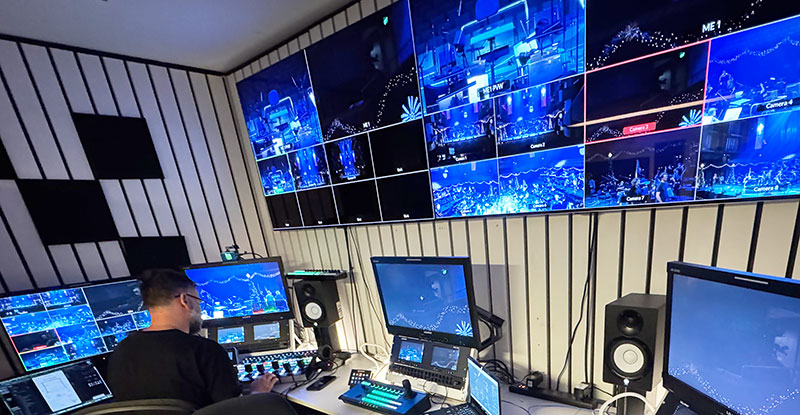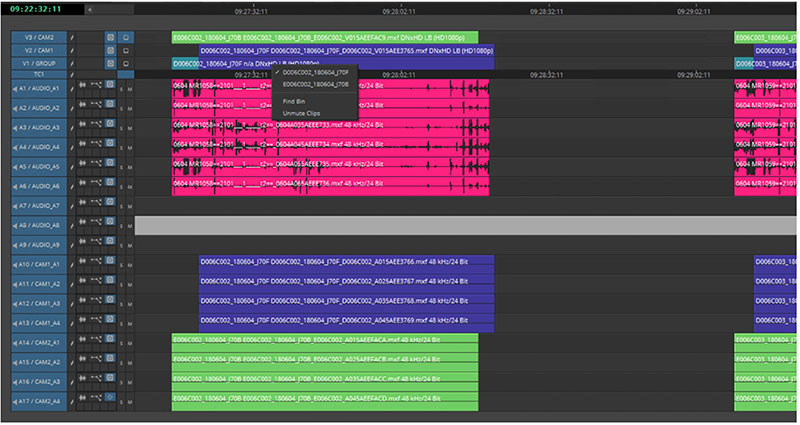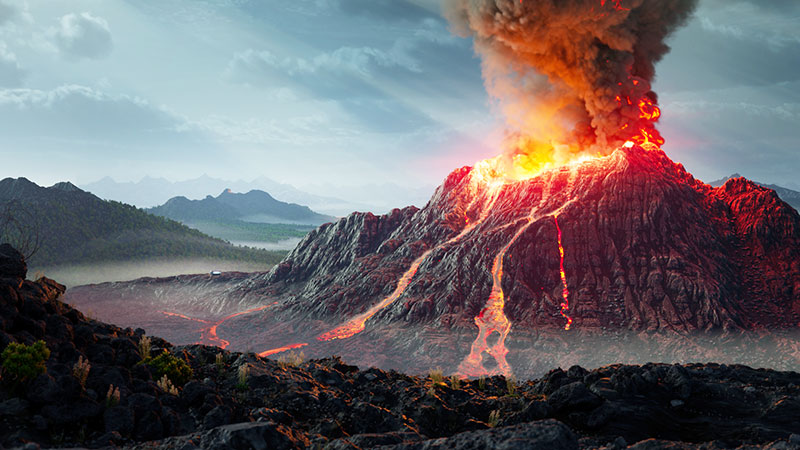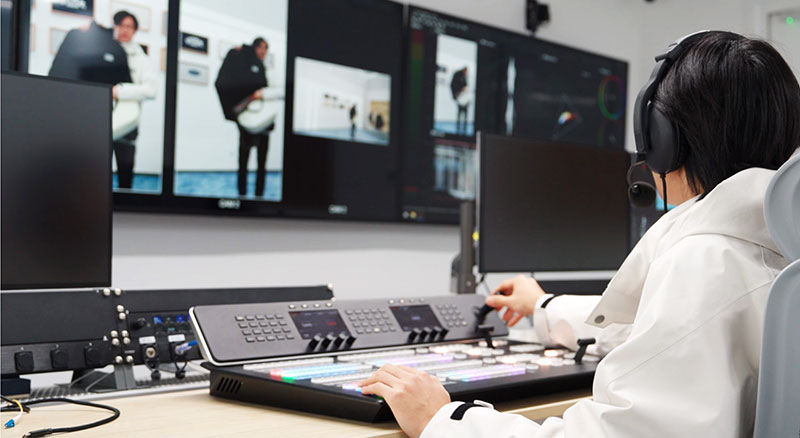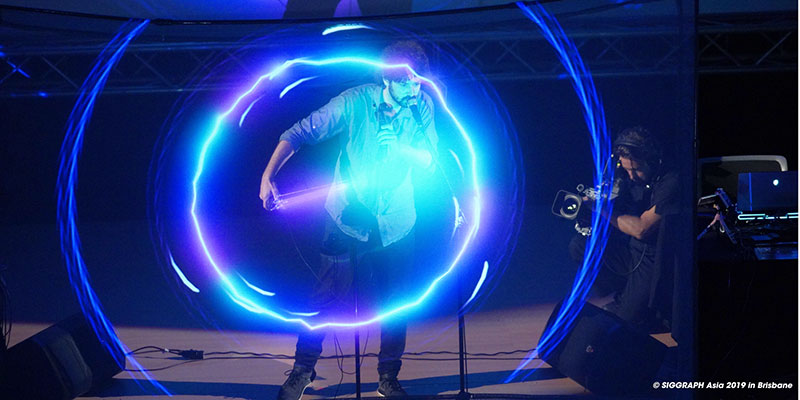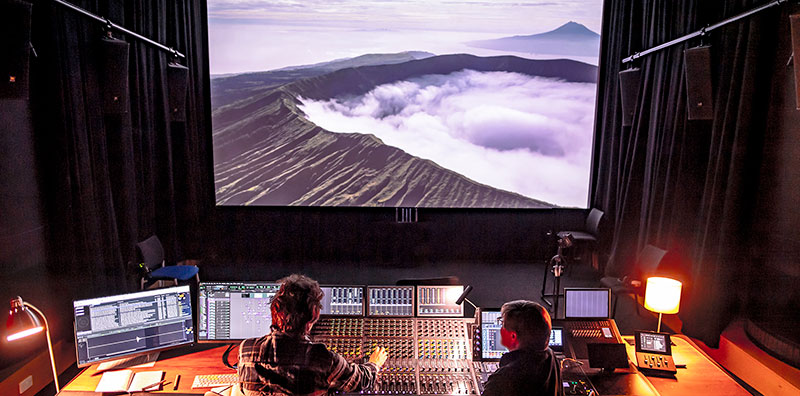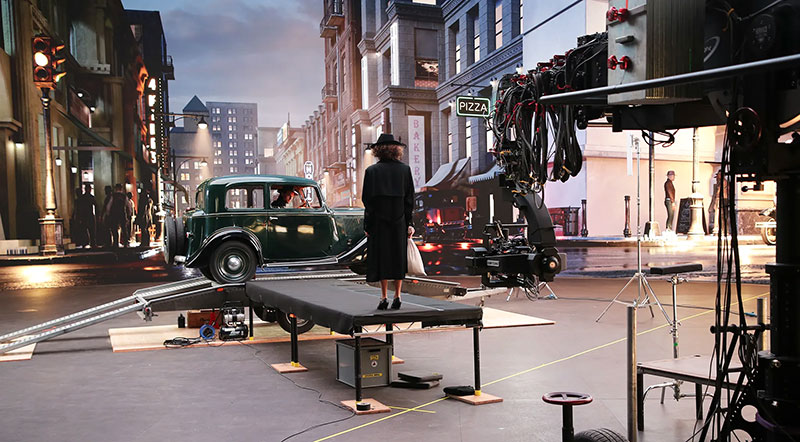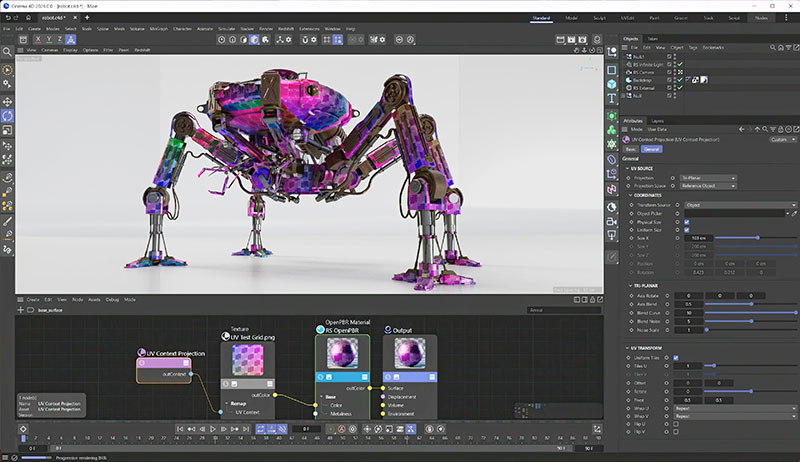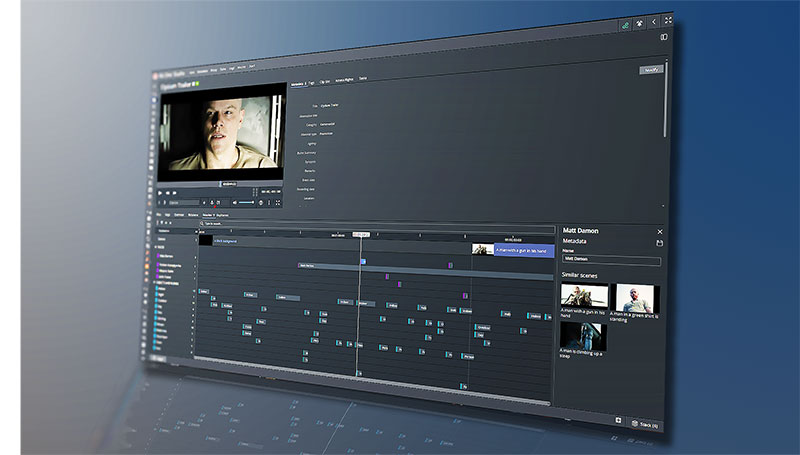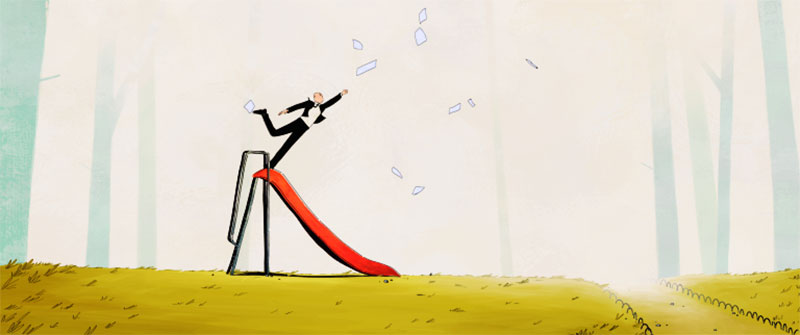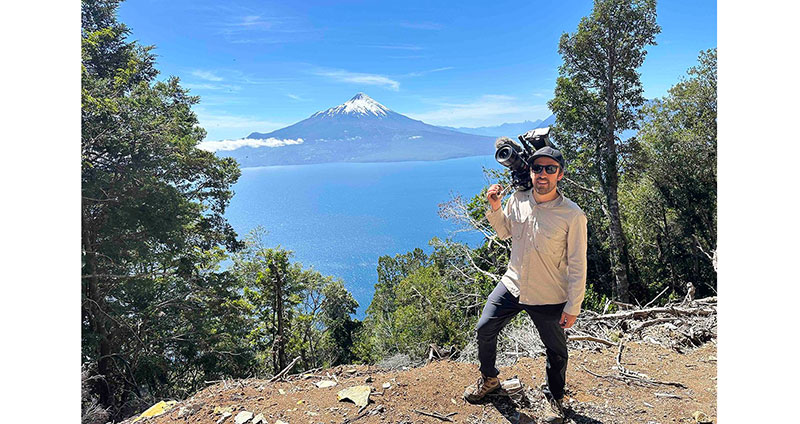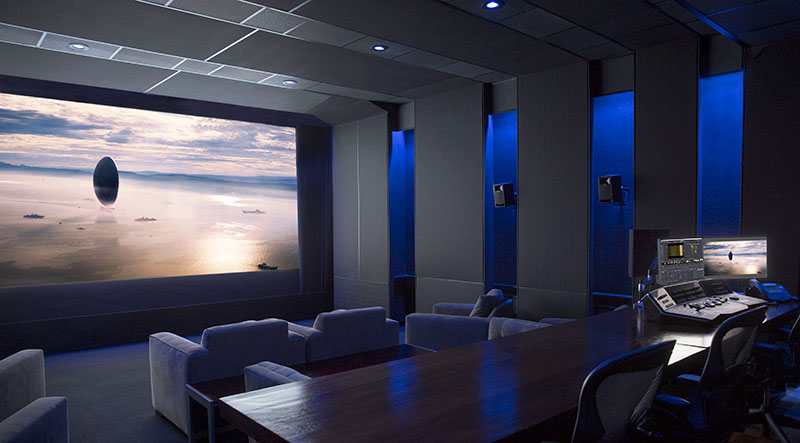Image engineer Daniele Siragusano talks about integrating ML and AI into Baselight, aiming to improve control and efficiency for colourists, without losing their artistry and creativity.
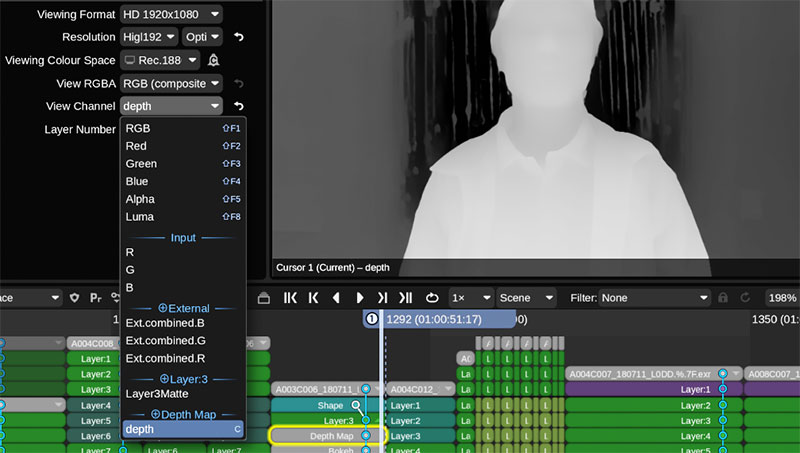
Daniele Siragusano, an image engineer at FilmLight, is currently working to integrate new developments in machine learning and AI into the Baselight grading systems. The challenge is achieving that integration in a way that both improves creative control and efficiency for colourists, without losing the artistry and creativity of grading.
Here, he gives some background to their work, and shares his optimism and excitement as he considers the opportunities for colourists that lie ahead.
The Potential of the Latent Image
At FilmLight, we’ve always understood that what a camera captures isn’t the finished picture you see on screen. It captures a raw ingredient – a ‘latent image’. Whether it’s classic film stock or a digital sensor, both record a wealth of information about light and colour that needs to be precisely developed and shaped to convey a certain story.
Although this unprocessed data is incredibly rich in information, it requires sophisticated modification to become the captivating, pleasing rendition we call a motion picture. “The days of regarding digital content as aesthetically inferior to film are largely behind us; modern digital cameras, when properly handled, can achieve unparalleled levels of abstraction and immersion. Our mission is to supply the tools to unlock that potential.
New Frontiers in Camera Data
For years, colour manipulation tools have been deterministic – you adjust a setting, and the image changes predictably. At FilmLight, we’ve built our reputation on giving colourists precise control over these tools, allowing them to sculpt every nuance of an image.
Looking ahead, thanks to advancements in machine learning, we’re entering a new era of image modification. We’ll see functions that can analyse entire images, or even sequences of images, to understand them in profound, abstract ways. This opens up new possibilities:
Our systems will be able to reconstruct even more from camera data, uncovering valuable additional information like depth maps, object segmentation or precise shading data. This will enhance creative freedom and accelerate the realization of a director’s vision. We’re committed to making this rich data accessible and actionable within our tools. Most of our current development effort is in establishing robust infrastructure to facilitate these additional new channels of information.

Daniele Siragusano, Image Engineer, FilmLight
We’ll discover entirely new ways to modify images and movies by manipulating these underlying abstract representations. While some of these new functions might seem ‘chaotic’ initially – where a small change in input potentially leads to a significantly different output – our approach at FilmLight is to harness this power responsibly.
We envision these AI-driven functions feeding into our familiar, highly predictable colour manipulation tools, allowing a human colourist to fine-tune and guide the results. This ensures that art always remains in the hands of the artist.
Intelligent Automation
These machine learning functions will enable automation of many time- consuming, non-creative tasks, like the tedious work of rotoscoping, shot balancing or precise process matching. We don’t need 100% perfection from these machine learning functions because the human colourist, working in our intuitive environment, can always refine the output.
Those functions aren’t about replacing human creativity; they’re about empowering it. By streamlining these technical tasks, we allow colourists to focus their invaluable time and talent on the truly creative work that adds unparalleled value to a project. This new technology can formulate suggestions, enabling a more efficient and creatively focused workflow.
Technology Serving Art
At FilmLight, our work is driven by two core principles that define our entire development philosophy:
• Does new technology deliver a higher or different form of creative expression?
• Does new technology increase efficiency without compromising creative expression?
If a technology meets both criteria, it becomes integral to the filmmaking process. Digital colour grading, which we pioneered and refined, is a successful example of this approach. We believe these new computational methods, especially those leveraging ML, will profoundly and positively shape the future of colour for the next decade.
We are dedicated to integrating these advancements into our Baselight systems in a way that respects the artistry of colour grading, enhances creative control and dramatically improves workflow efficiency. Our goal is to ensure that as technology evolves, it always serves the ultimate purpose: helping filmmakers tell impactful stories. www.filmlight.ltd.uk



